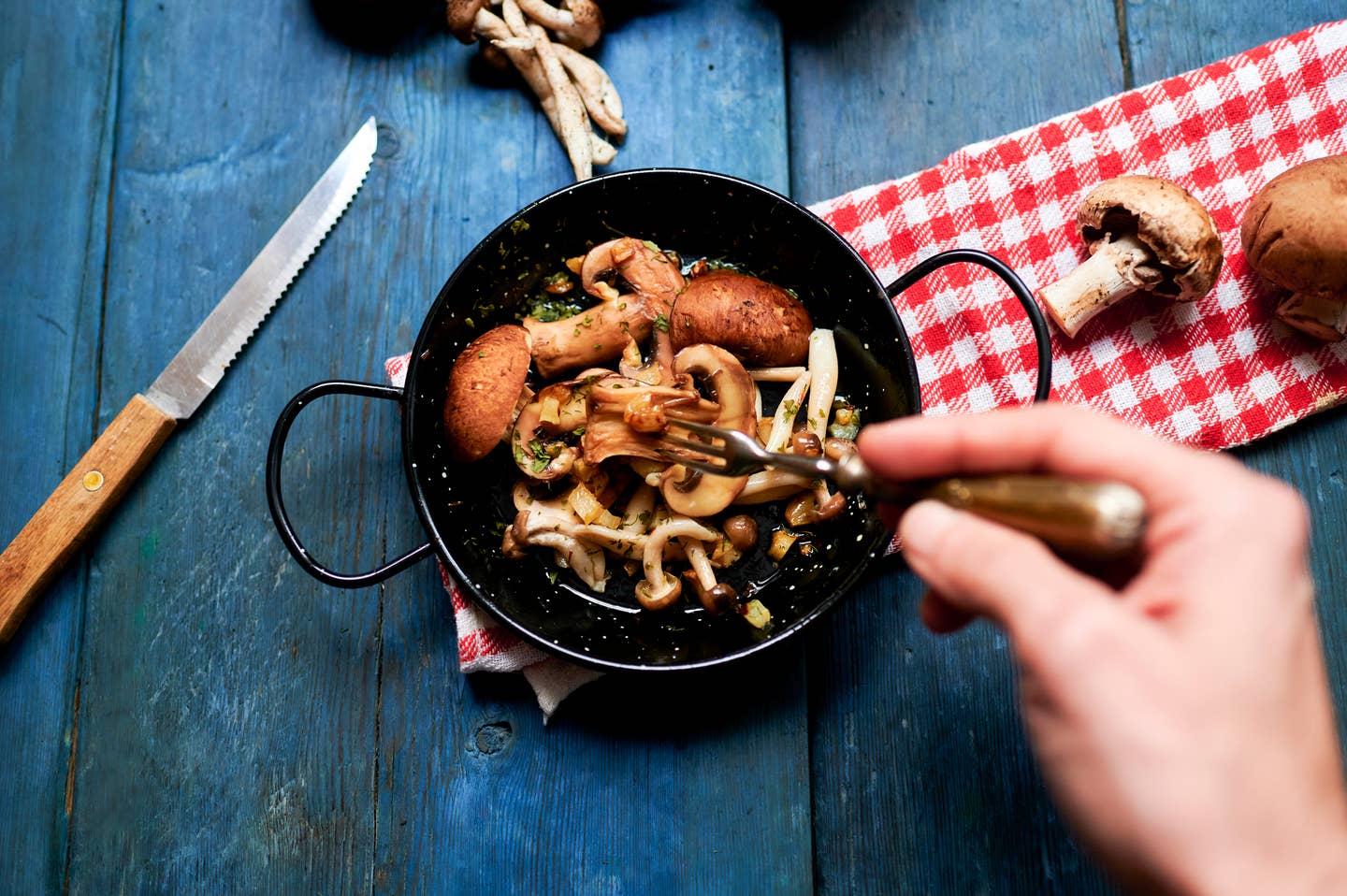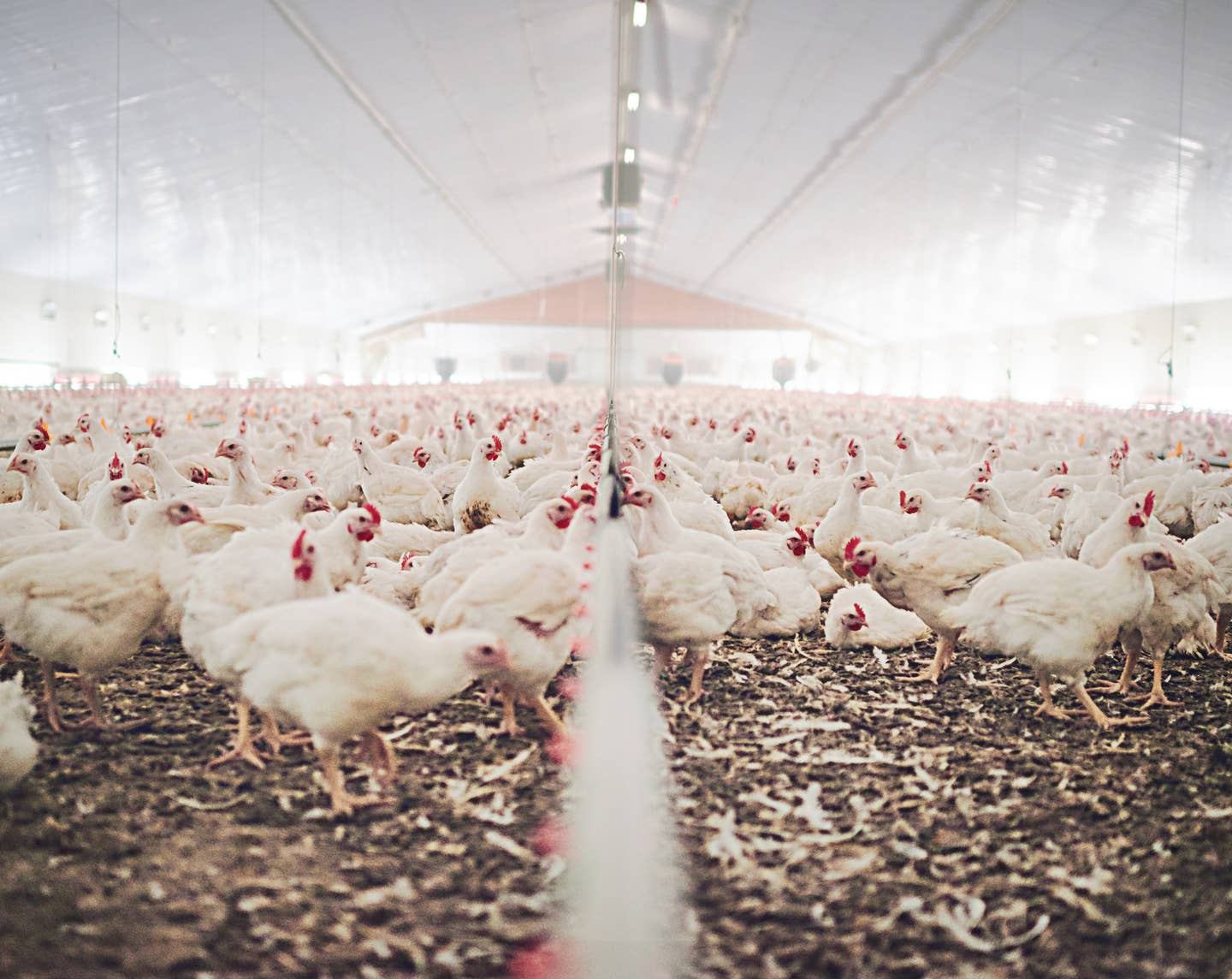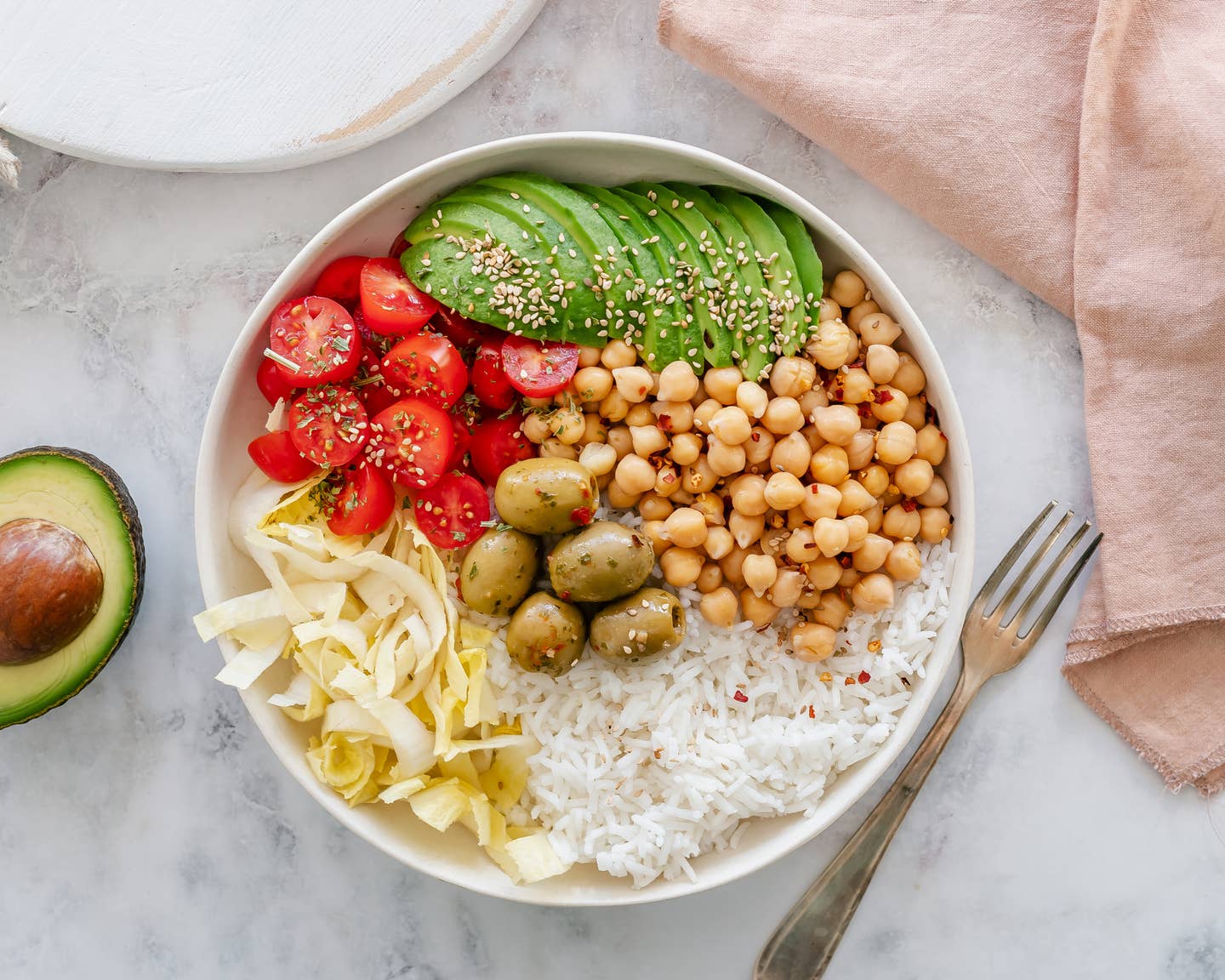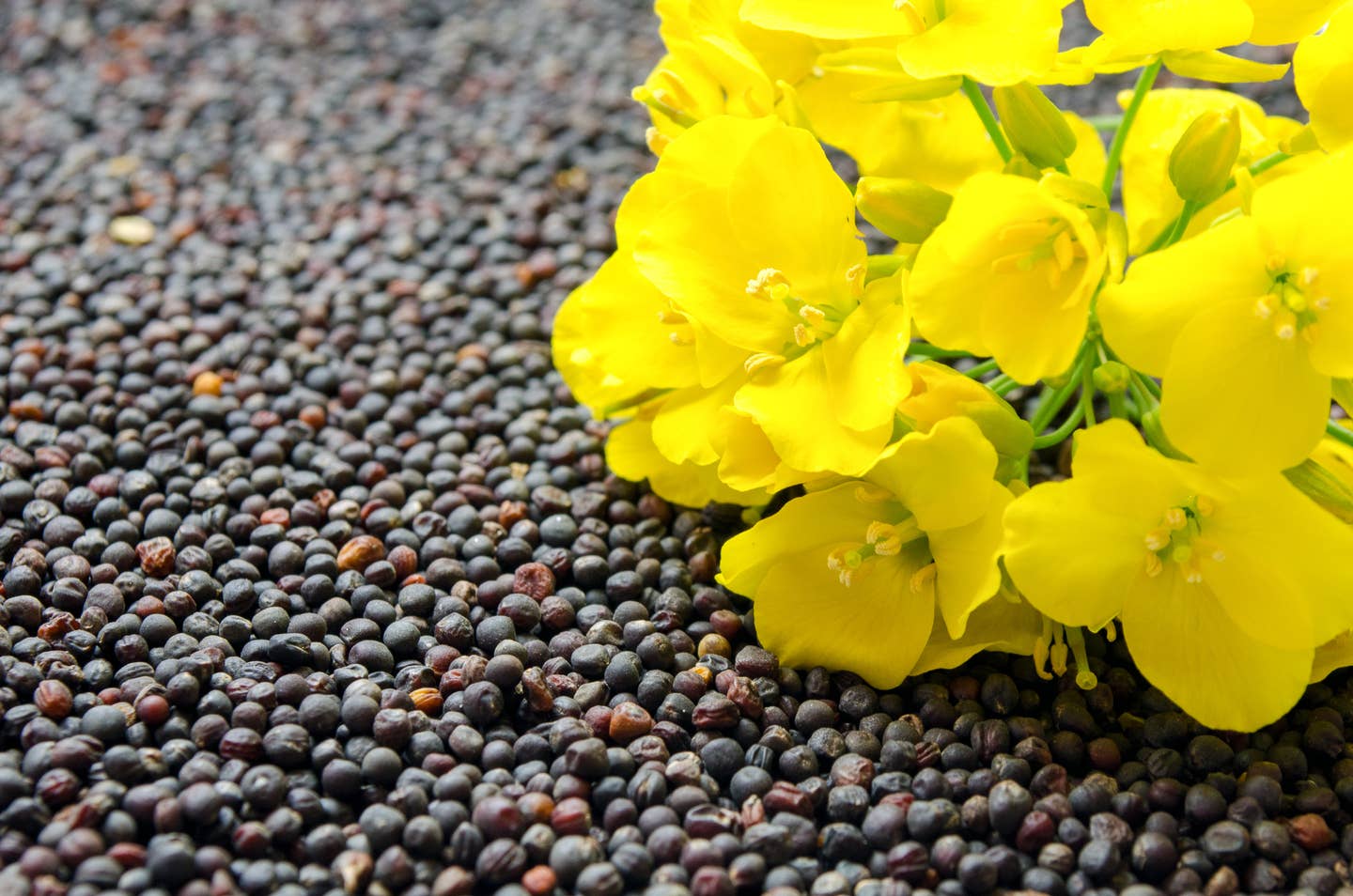
Choosing Mushrooms Over Beef Can Cut Deforestation By 50 Percent
How did mushrooms end up on the center stage of the food world? The fungi – beloved by chefs including Chef Derek Sarno who describes them as “wicked good" – wiggled into every corner of the culinary world, proven to not only excite the taste buds but also reduce the risk of depression and boost immunity. To add to the long list of reasons to love mushrooms, a recent study just found that mushrooms could be the key to protecting the world from deforestation.
Published in the scientific journal Nature, researchers from the Potsdam Institute for Climate Impact Research (PIK) concluded that replacing 20 percent of conventionally produced beef with microbial-based alternatives could cut deforestation by 50 percent by the year 2050. The groundbreaking study suggests that by promoting microbial fermentation methods, microbial-based meat such as mycoprotein (fungi-based protein) could significantly curb the damaging effects of the animal agriculture industry worldwide.
The German and Swedish researchers examine how microbial fermentation could cut into the existing meat industries by using computer modeling. The study determined to record how this innovative food technology could help the planet up until 2050, which is when experts predict the world’s population will exceed 10 billion.
“The food system is at the root of a third of global greenhouse gas emissions, with ruminant meat production being the single largest source,” the lead author of the study Florian Humpenöder said in a statement. “The substitution of ruminant meat with microbial protein in the future could considerably reduce the greenhouse gas footprint of the food system.”
Microbial fermentation is a process that uses microbes from sources like mushrooms to replicate the structure of cow protein. The microbes are fed sugars and fermented similarly to bread or beer. This process creates proteins that can be used to produce near-identical plant-based meat products. This process requires far less land and water and emits significantly fewer greenhouse gases. The study estimates that 56 percent fewer net carbon dioxide emissions are produced from this land-use change.
“Biotechnology offers a promising toolbox for a number of land-related challenges from ecosystems preservation through improving food security,” PIK study co-author Alexander Popp, who also leads PIK’s Land Use Management Group, said in a statement. “Alternatives to animal proteins, including substitutes for dairy products, can massively benefit animal welfare, save water, and avert pressure from carbon-rich and biodiverse ecosystems.”
Cutting Meat to Save the Planet
Last November, 105 countries signed a pledge at the UN’s Climate Change Conference (COP26) that aims to end deforestation by 2030. Looking at the animal agriculture sector, the world’s leading governments plan to restructure food systems to prevent further destruction to the environment. The pledge also emphasized that the countries would work together to promote reforestation efforts. This new study provides a clear solution to help these governments meet this sustainability goal.
The study also emphasizes that by cutting down the reliance on beef production, the world could significantly reduce cow-related methane and other greenhouse gas emissions. Currently, meat production produces 57 percent of the world’s food industry emissions. At the COP26, eight countries joined together to reduce methane emissions by 30 percent by 2030.
The PIK study suggests that microbial protein or mycoprotein will help the planet reach its promised sustainability goals over the next few decades. With greater access to plant-based protein, consumers will be more inclined to try sustainable options. To stop climate change and fix the ongoing environmental damages, the US and EU must slash meat consumption by 75 percent by introducing sustainable alternatives such as mycoprotein.
Mycoprotein is the Future of Food
Chef Sarno is not alone in his excitement about mushrooms and mycoprotein. His brand, Wicked Kitchen, is one of several plant-based meat brands that highlight the benefits and versatility of mushroom-based proteins. Companies including The Better Meat Co, MyForest Foods, and Meati have developed whole cuts of “meat” from mycelium and mycoprotein. These companies all use bio-mass fermentation, creating plant-based meat products that aim to appeal to meat-eaters and vegans alike.
“The good news is that people do not need to be afraid they can eat only greens in the future,” Humpenöder said. “They can continue eating burgers and the like, it’s just that those burger patties will be produced in a different way.”
Companies worldwide have turned to mycoprotein due to its minimal environmental footprint and its nutritional density. The plant-based protein will allow consumers to enjoy their favorite foods without any harm to the planet or animals. This December, Quorn released a new line of mycoprotein-based chicken products including Southern Fried Wings, Garlic Herb Bites, Creamy Korma Bites, Sweet Chilli Mini Fillets, and Jerk Mini Fillets. Quorn’s mycoprotein is extremely sustainable to grow, typically taking less than 24 hours to produce the mycelium protein in a fermenter and subsequently harvest it.
For more about sustainability, visit The Beet's Enivronmental News.
Top 10 Sources of Plant-Based Protein According to a Nutritionist
1. Seitan
Protein: 21 grams in ⅓ cup (1 ounce) Seitan isn’t as popular as other proteins, but it should be! Made from wheat gluten, its texture resembles ground meat. It’s often used in pre-made veggie burgers or meatless nuggets. Seitan has a savory taste, like mushrooms or chicken, so it works well in dishes that call for an umami flavor. With a hearty texture, seitan can be the star of practically any vegan main dish. Add it to stir-fries, sandwiches, burritos, burgers, or stews. Like tofu, seitan will take on the flavor of any marinade or sauce.
2. Tempeh
Protein: 16 grams in 3 ounces If you like a protein with a bit of bite, add tempeh to your list. Made from fermented soybeans, tempeh has a slightly nutty flavor and is pressed into a block. Most varieties include some sort of grains, such as barley or millet. Not only is tempeh a plant-based source of protein, but the fermentation process also creates good-for-your-gut probiotics. You can cut tempeh right off the block and use it as the base for a sandwich or pan-fry it with some sauce. Or, crumble, heat, and make it the star of your next taco night.
3. Lentils
Protein: 13 grams in ½ cup cooked Lentils come in multiple varieties--red, yellow, green, brown, black. Regardless of the type lentils are small but mighty nutritional powerhouses. They pack a good amount of protein as well as iron, folate, and fiber. When cooked, brown lentils retain their texture and can be the base for a grain bowl or make a hearty substitute for ground meat in meatballs, lasagna, tacos or Bolognese. Red lentils are a bit softer and make a nice add-in for a hearty soup, chili, or stew.
4. Hemp Seeds
Protein: 10 grams in 3 tablespoons Hemp seeds are a tender and nutty seed, derived from the hemp plant. They contain good amounts of omega-3s, iron, folate, magnesium, phosphorus, and manganese. They are also a solid source of both soluble and insoluble fiber, which helps to keep your digestive tract healthy and humming. Because they pack a double whammy of protein and healthy fats, hemp seeds can help satisfy hunger, preventing those embarrassing stomach growls as you slog your way to your lunch break. Add them to your morning smoothie or sprinkle them on top of yogurt, oatmeal, or even a salad.
5. Tofu
Protein: 9 grams in 3 ounces (⅕ of a block) Made from coagulated soybeans, tofu is the most popular plant-based protein. Soy is one of the only meatless "complete" proteins, meaning that it contains all of the essential amino acids that the body can’t make but needs for muscle and immune function. With 15% of your daily calcium needs, tofu is also a good replacement for dairy.
6. Edamame
Protein: 9 grams of protein in ½ cup This sushi appetizer is a nutrient powerhouse, so eat it anytime. Edamame is really just another name for soybeans in their pods. Let’s list off some stats--a small ½-cup serving of edamame has 9 grams of protein, 15% of your daily vitamin C, 10% of your daily iron and 16% of your daily fiber. Keep a bag of edamame in your freezer to serve as a fun-to-eat side dish or opt for the shelled variety to toss into salads or a grain bowl.
7. Quinoa
Protein: 8 grams per cup (cooked) Quinoa is an ancient grain and since it's gluten-free a great choice for anyone avoiding gluten. Add it to your burger recipe to create filling texture, or instead of meat in your taco or burrito. Quinoa is among the healthiest foods on the planet, delivering phytonutrients that have anti-inflammatory qualities, so keep it in your pantry for any meal that needs a filling grain. Just remember to soak it and rinse before cooking to get rid of any bitter taste.
8. Black Beans
Protein: 7 grams in ½ cup (canned) Eating beans on the regular might as well be a prerequisite for a plant-based diet. Not only are canned black beans inexpensive, but they also contribute 10% of your daily iron and 25% of your daily fiber to your diet. For less than $1 a can, beans can be the star of tacos, quesadillas, salads, soups, burgers, or dips.
9. Amaranth
Protein: 6 grams in ⅔ cup (cooked) Chances are you’ve never cooked amaranth. But you should, since this tiny, gluten- free grain is packed with almost 30% of your daily fiber and 20% of your daily iron. Cook it like a traditional grain to yield a soft, porridge-like texture. Many people add amaranth to other a hot breakfast cereal mixture, like oats and quinoa. It also pops like popcorn. Toss it in a pot with some oil and wait for it to pop up into a nutritious snack.
10. Peas
Protein: 5 grams in ⅔ cup If peas were one of your most hated veggies as a kid, it’s time to give them another chance. These green beans are a great low-calorie protein to keep in your freezer. Sure, they don’t always taste great when steamed or microwaved (who wants to eat mushy, overcooked peas?), but they do blend well into a yummy puree that can be slathered on toast. To amp up the flavor, add some lemon juice or mint to your mix before you blend.
More From The Beet






